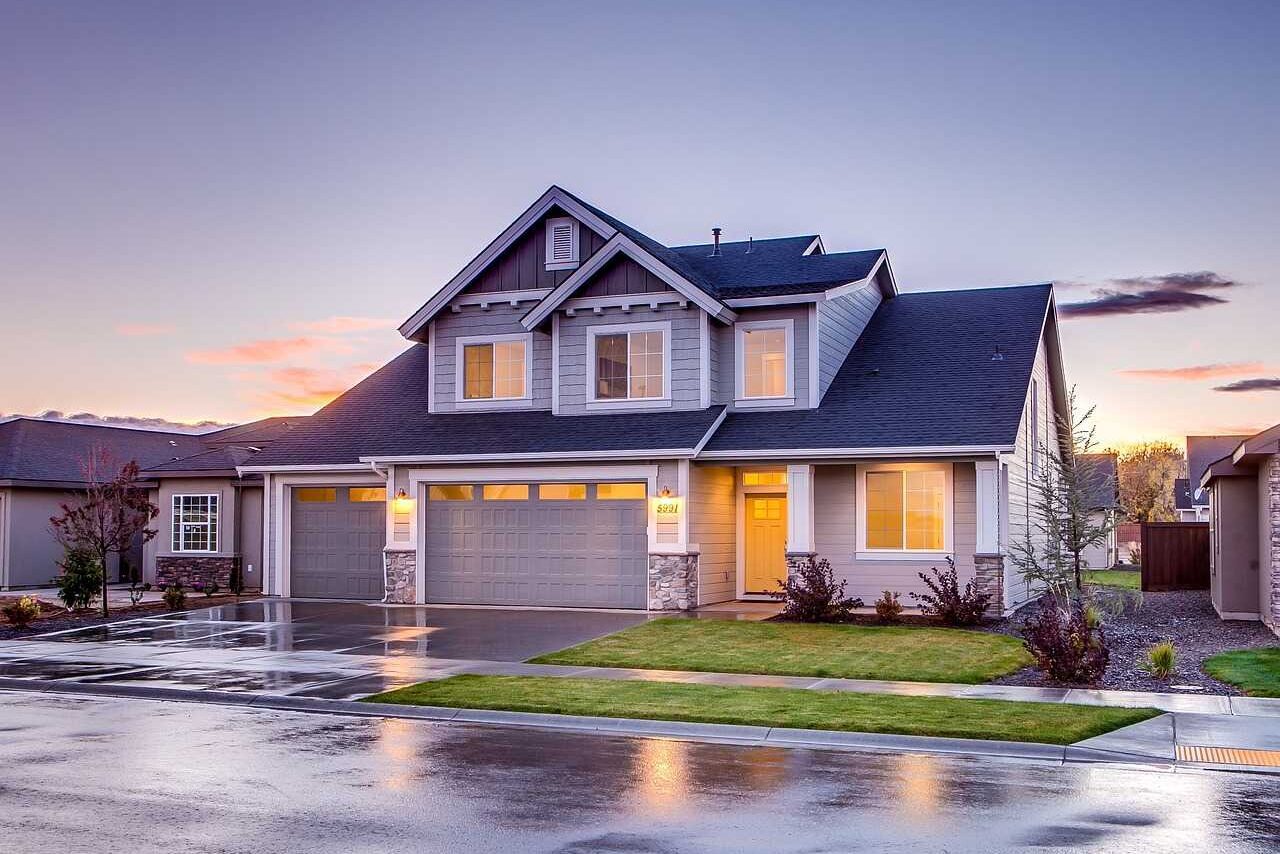
Building codes are the backbone of safe and resilient construction. Without them, structures would lack uniform standards that protect inhabitants, enhance community safety, and improve long-term functionality. This post explores why building codes are indispensable, covering safety, economic benefits, environmental impact, and more.
What Are Building Codes?
Building codes are regulations that set minimum standards for construction practices, materials, and structural safety. They guide everything from electrical systems to foundation requirements. Developed by a blend of government agencies, experts, and industry professionals, these codes ensure that buildings are safe, efficient, and able to withstand environmental challenges.
The Role of Building Codes in Ensuring Safety
The primary purpose of building codes is to safeguard human life. Here’s how they achieve it:
- Prevent Structural Failures: Codes address critical elements like load-bearing walls, roofing, and foundations. Codes help prevent collapses and reduce risks during natural disasters by enforcing rules on material quality and structural integrity.
- Fire Safety: Building codes specify fire-resistant materials, mandatory fire exits, and the installation of smoke detectors. These reduce fire risks and ensure that occupants can safely evacuate if necessary.
- Electrical and Plumbing Safety: Improper electrical and plumbing installations can lead to fires, leaks, or even explosions. Codes set standards for wiring, outlets, and water systems to minimize hazards.
- Protection During Natural Disasters: In regions prone to earthquakes, floods, or hurricanes, building codes include specific requirements to mitigate potential damage. These adjustments make buildings more resilient, safeguarding both property and lives.
Economic Benefits of Building Codes
Building codes are not only about safety; they also provide substantial economic advantages:
- Reduced Repair Costs: Structures built according to code are more durable, reducing the likelihood of costly repairs. Over time, this translates into savings for homeowners, landlords, and municipalities.
- Increased Property Value: Properties built to meet updated building codes often have higher resale values. Buyers are more confident in the structural integrity and energy efficiency of code-compliant properties.
- Lower Insurance Premiums: Many insurance companies offer reduced premiums for code-compliant structures, as they present a lower risk of damage or collapse.
- Cost Efficiency in Retrofitting: Updating buildings to meet new codes is usually more affordable than addressing major structural or safety issues later. Codes also help maintain consistency, making future retrofits easier and more cost-effective.
Environmental Impact and Sustainability
Modern building codes are increasingly focused on sustainability. They include standards for energy efficiency, waste reduction, and environmental protection:
- Energy Efficiency: Building codes mandate energy-saving measures like insulation standards, efficient windows, and HVAC systems. These requirements reduce energy consumption, lowering both costs and carbon footprints.
- Water Conservation: Many codes include requirements for low-flow plumbing fixtures and efficient irrigation systems, conserving water resources.
- Minimizing Waste and Pollution: Codes promote environmentally responsible building materials and discourage practices that lead to high levels of waste or pollution. Sustainable materials like recycled steel, bamboo, and low-VOC paints are commonly recommended.
Ensuring Accessibility and Inclusivity
Building codes play an essential role in making spaces accessible to all people, regardless of physical abilities:
- Accessibility Standards: Codes require the inclusion of ramps, elevators, and accessible bathrooms to accommodate people with disabilities. These regulations ensure that public spaces are usable by everyone, fostering inclusivity.
- Public Health Considerations: Codes also cover air quality, ventilation, and natural lighting requirements, contributing to better indoor environments. These standards support occupant health, particularly in large buildings like schools and hospitals.
Community Safety and Cohesion
Building codes support cohesive, safe communities. They set standards for the separation of residential, commercial, and industrial spaces, which helps reduce environmental risks, noise pollution, and overcrowding.
- Zoning and Land Use: Codes contribute to organized land use, reducing conflicts between different property types and helping communities plan for growth.
- Emergency Preparedness: Codes ensure that buildings have clear evacuation routes, signage, and accessible emergency exits. This helps protect not only individuals in a specific building but also the broader community.
Adapting Building Codes for the Future
Building codes continue to evolve to meet new challenges, from climate change to technological advancements. Future updates may prioritize renewable energy integration, resilience to extreme weather, and smart technology.
- Climate Adaptability: With the frequency of extreme weather events on the rise, many regions are updating codes to address climate adaptability. This might include requirements for storm-resistant materials or green roofs.
- Technological Advances: Codes are beginning to incorporate standards for smart home technology, energy storage, and sustainable materials that make buildings more future-ready.
- Resilience and Durability: As buildings face new environmental stresses, codes increasingly focus on resilience, extending the lifespan of structures and reducing long-term maintenance costs.
Final Thoughts
Building codes are essential for creating safe, durable, and sustainable buildings. They provide a framework for high construction standards that protect individuals and benefit communities. By adhering to these standards, developers and builders contribute to a safer, more resilient future.




Leave a Reply